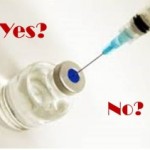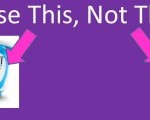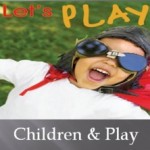
Critical thinking and problem solving skills are definitely needed for today’s teens to prepare for the real world and life The rest of the storyon their own or with their future families. What better way to prepare them than to provide them with a real life scenario that needs to be solved. In this activity students are introduced to a problem and must work together as a group to figure out and creatively write and present the “rest of the story”,as the late Paul Harvey would say on his radio broadcasts. The beauty of this activity is that you can create a scenario that needs solved using any crisis type topic. I used childhood obesity, but you can use other important topics such as bullying, eating disorders, teen pregnancy, financial debt, finding quality day care, divorce, dating violence, aging and more. So let the scenarios begin!
Read more →










